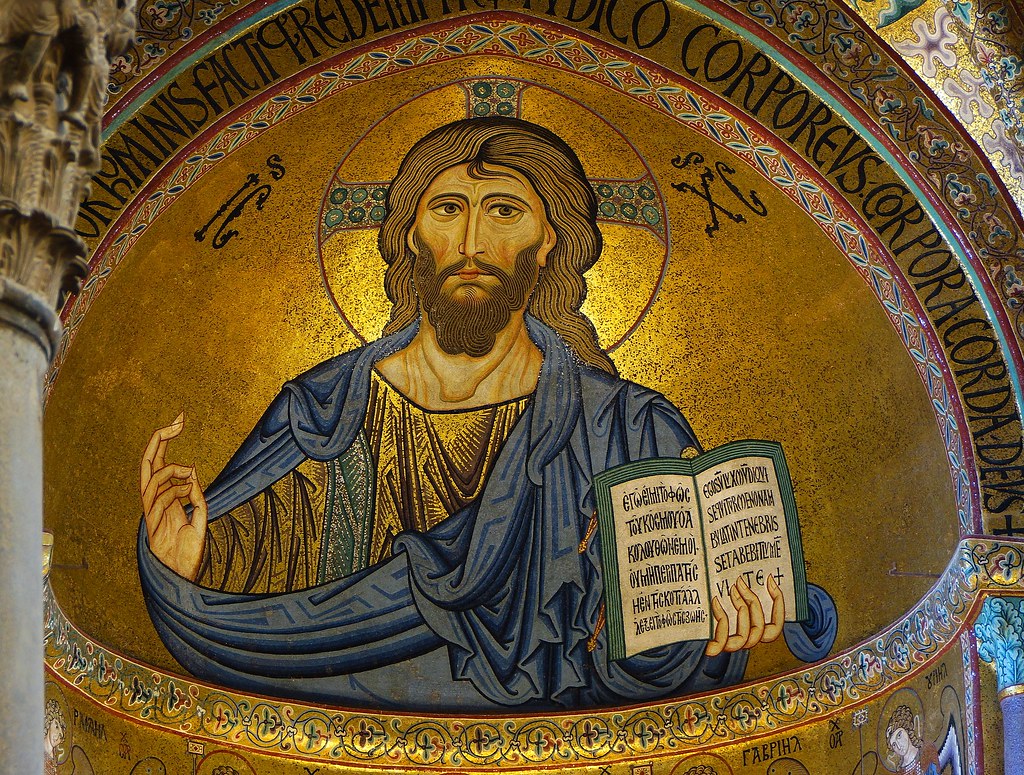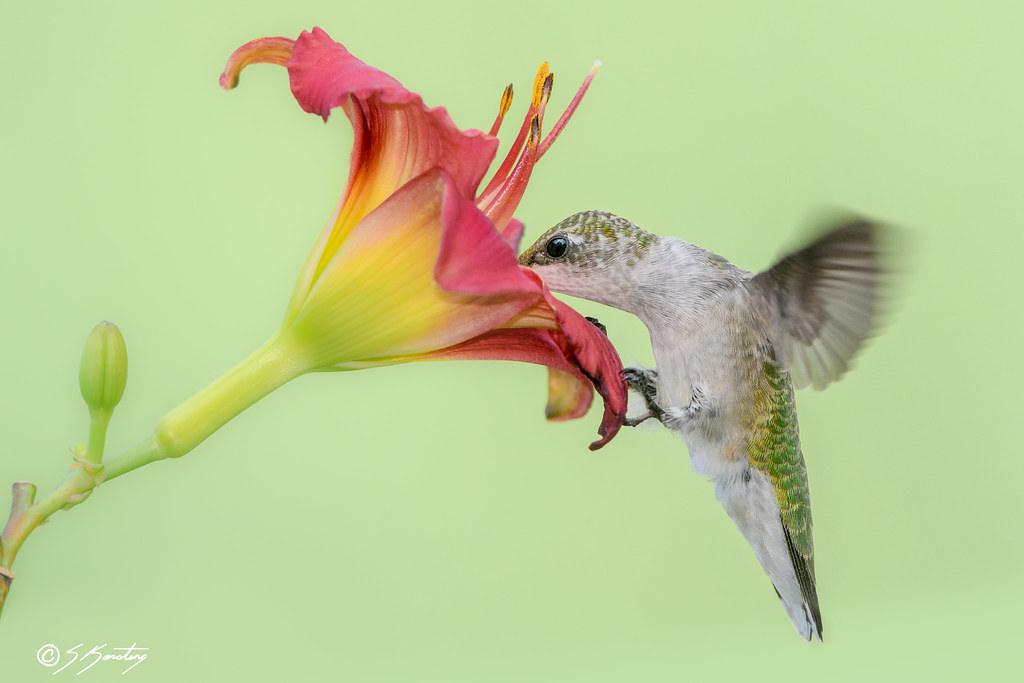I once had to time an exposure in between pulse beats to get it sharp.
I was in a cathedral which permitted photography but forbade tripods, trying to photograph a distant high mosaic in dim light. Luckily parts of my tripod could also be assembled into a monopod. I didn't want to discover whether the local Sicilian monks considered their ban of tripods also included monopods, so I secreted myself in the middle of a pew with people seated nearby all around. I knew I'd want to do a lot of shadow lifting in the shaded parts of the image, so I wanted the lowest ISO I could get, i.e. the longest exposure.
I tried clamping the monopod to the back of the pew with a strong hand grip. That made it very steady but I could see the regular ticking of my pulse in the magnified image. So I had to take the shot by timing the exposure to be inside the steady period between pulse beats, releasing the shutter with a radio remote to avoid shutter button shake. I reckoned 1/3 second exposure was the longest I had a fair chance of fitting into the steady period between pulses. On my 18-250mm zoom at 100mm that gave me f5.6 and ISO 160. It worked! The trickiest long exposure telephoto shot I've ever had to do!
 The sharpest shot of the Pantocrator mosaic, Cefalu, Sicily
The sharpest shot of the Pantocrator mosaic, Cefalu, Sicily by
Chris Malcolm, on Flickr




 The sharpest shot of the Pantocrator mosaic, Cefalu, Sicily
The sharpest shot of the Pantocrator mosaic, Cefalu, Sicily